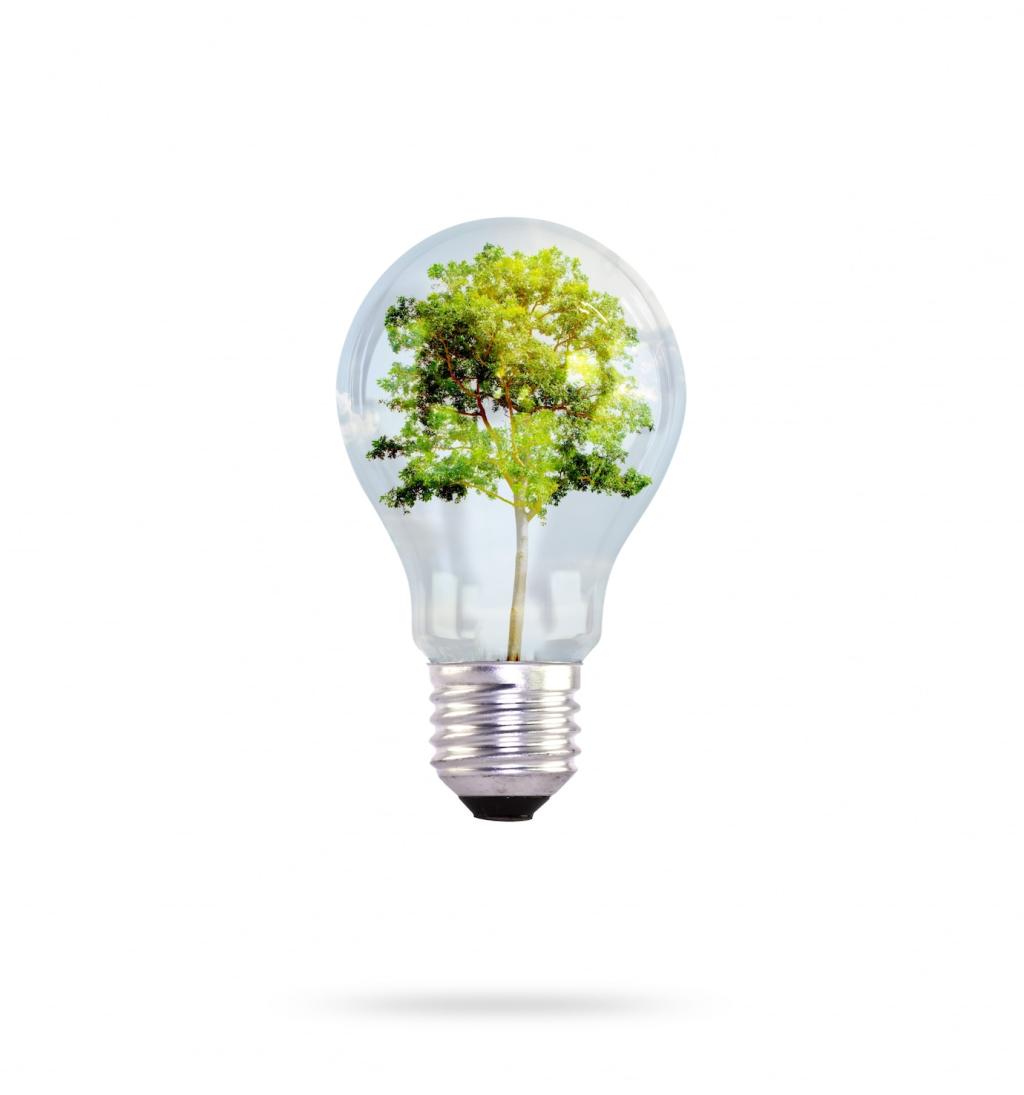Technological Advancements in Eco-Friendly Fashion Design
The fusion of technology and sustainable fashion has revolutionized the way we think about clothing, production, and the environment. As awareness of the fashion industry’s impact on the planet increases, designers and scientists are collaborating to create innovative solutions that prioritize both style and sustainability. These advancements have ushered in a new era where eco-consciousness and cutting-edge technology work hand in hand, fostering a fashion industry that constantly evolves to address environmental concerns. From innovative materials to smarter manufacturing processes and digital solutions, technological progress is making eco-friendly fashion more accessible, effective, and inspiring than ever before.

Innovative Sustainable Materials
Biofabricated textiles utilize living organisms such as bacteria, yeast, or algae to grow fibers and fabrics in laboratory environments. Unlike traditional textile production, which often relies on extensive water and chemical usage, biofabrication employs natural processes in controlled settings to generate materials like Mylo (a leather alternative from mycelium) or fermented protein fibers. These textiles not only reduce strain on natural resources but also allow for custom properties such as enhanced durability or biodegradability. Biofabrication holds the promise of truly circular textiles, where the end product can seamlessly reintegrate into natural cycles, benefiting both industry and environment.
Technological innovation has enabled the development of fibers from post-consumer waste, textile scraps, and discarded plastics. Mechanical and chemical recycling methods now produce yarns that match or exceed the qualities of virgin materials, making it possible to create garments with closed-loop potential. Regenerated fibers like ECONYL, crafted from ocean and landfill waste, and TENCEL, derived from sustainably managed forests with closed-loop processing, represent significant steps toward reducing the environmental toll of raw material extraction. As recycling technologies become more sophisticated, they hold the potential to further lower emissions and keep valuable resources in perpetual use.
The emergence of plant-based materials as a substitute for traditional textiles marks a pivotal shift in sustainable fashion. By turning agricultural byproducts—such as pineapple leaves, cactus, and apple peels—into usable fabrics, innovators are promoting resource efficiency and supporting local farming communities. Materials like Piñatex, made from pineapple leaf fibers, or Desserto, derived from prickly pear cactus, offer leather-like qualities without the environmental cost associated with animal agriculture. These options not only reduce reliance on fossil fuels and animal products but also present versatile, cruelty-free alternatives for designers.

Smart Manufacturing Practices
3D knitting technology employs precise digital programming to produce garments whole or nearly whole directly from fibers, eliminating the need for traditional cut-and-sew methods. This ‘zero-waste’ approach drastically reduces fabric offcuts that often end up in landfills. The digital aspect allows customization and rapid alterations, enabling made-to-order production that aligns supply with demand, further minimizing surplus stock and waste. Additionally, 3D printing for accessories and components allows experimentation with sustainable bioplastics and recycled resources, further supporting the industry’s move toward circularity.
Advanced software for 3D modeling and rendering enables designers to construct lifelike digital garments before any physical material is cut. By visualizing patterns, drape, and color variations virtually, brands can make informed decisions and modifications rapidly, significantly reducing the number of physical samples needed. This transition from physical to digital prototyping not only shortens lead times and cuts costs, but also leads to an enormous reduction in sample waste—an often-overlooked contributor to environmental harm. Virtual sampling thus catalyzes creativity and environmental stewardship simultaneously.
